Robert B Slocum, University of Kentucky HealthCare, United States
Patients with Functional Seizures (FS) (also known as Psychogenic Non-Epileptic Seizures (PNES), have involuntary paroxysmal episodes that resemble epileptic seizures but without organic etiology. Many patients with FS have a history of sexual, physical, or emotional abuse, or ot [....] » Read More


![Narrative medicine: A communication therapy for the communication disorder of Functional Seizures (FS) [also known as Psychogenic Non-Epileptic Seizures (PNES)] Robert B Slocum, Speaker at Neurological Disorders Conferences](https://neurology.magnusconferences.com/uploads/speakers/robert-b-slocum-4877.jpg)
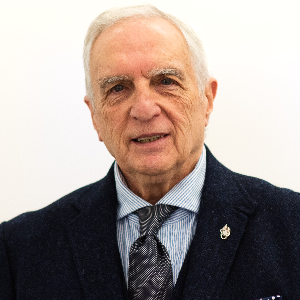
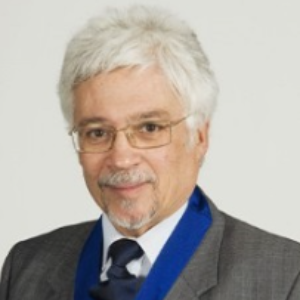
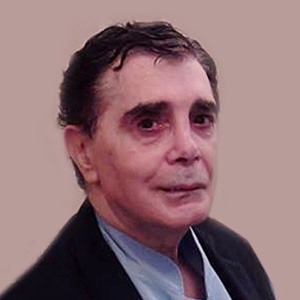
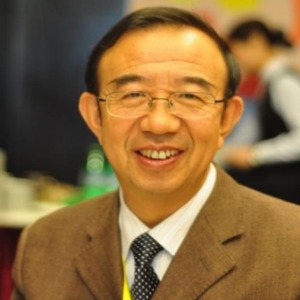
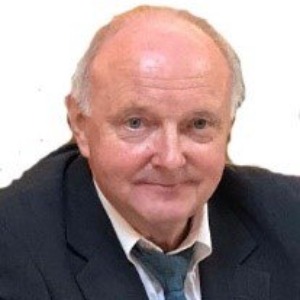
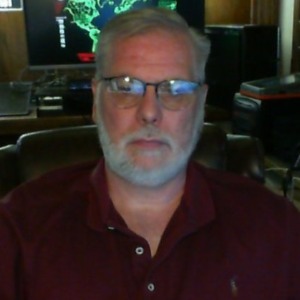
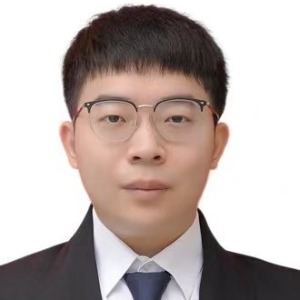
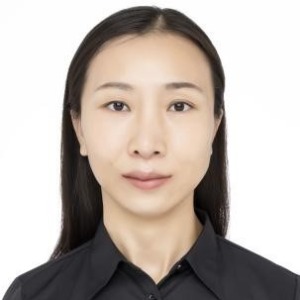
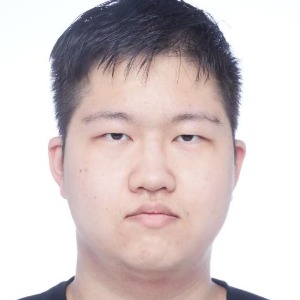
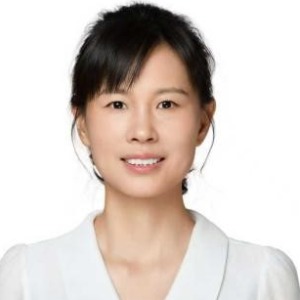
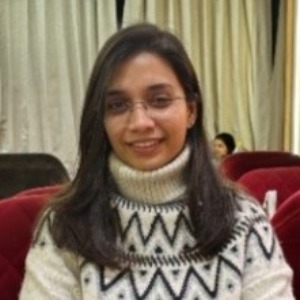


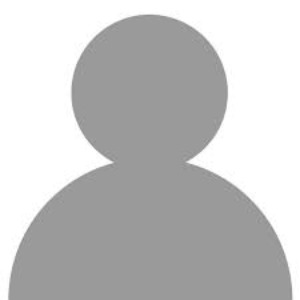
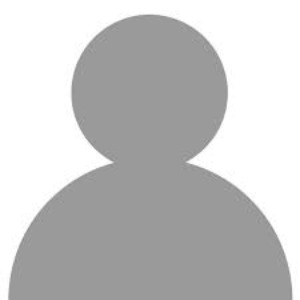







Title : Perception and individuality in patient cases identifying the ongoing evolution of Myalgic Encephalomyelitis/Chronic Fatigue Syndrome (ME/CFS)
Ken Ware, NeuroPhysics Therapy Institute, Australia
The way individuals perceive and interpret their internal and external environments directly influences how they function and adapt within them. In a stable and well-regulated human system, perception tends to align closely with reality, allowing for accurate motor responses and [....] » Read More
Title : Rabies: Challenges in taming the beast
Alan C Jackson, University of Calgary, Canada
Rabies has occurred in humans and animals since antiquity and remains an important public health problem with about 60,000 human deaths per year, particularly in Asia and Africa. The disease is virtually always fatal, although at least 34 survivors have been documented; unfortuna [....] » Read More
Title : Personalized and Precision Medicine (PPM), as a unique healthcare model through biodesign-driven biotech and biopharma, translational applications, and neurology-related biomarketing to secure human healthcare and biosafety
Sergey Victorovich Suchkov, N.D. Zelinskii Institute for Organic Chemistry of the Russian Academy of Sciences, Russian Federation
Over the course of history, healthcare and thus healthcare philosophy have been focused predominantly on efforts to probe the already diseased individual by focusing down on a type of disorder (nosology) rather than on health or so-called pre-illness conditions. Much less effort [....] » Read More
Title : Psychopathology: Reversing a century of failures in Dementia research
Mario D Garrett, San Diego State University, United States
Biology does not completely explain dementia. We can neither predict nor confirm a diagnosis of dementia based purely on its biology, despite efforts by the US National Institute on Aging. Recent studies looking at prevention using social interventions hold better promise for ame [....] » Read More
Title : Study of resilience in cases of incest, father-daughter, step-father and step-daughter in the pre-pubber and puberous period among adult women and mothers: How to overcome the traumatisms of an incestuous relationship?
Daniele Lapointe, Laval University, Canada
Sexual abuse of a child is a form of maltreatment. Among recent studies in this area, the Canadian study (Burczycka and Conroy, 2017) indicates that 70.3% are intrafamilial abuse and that of all cases of sexual abuse, 81% of victims are female (Silva and Collin-Vézina, 201 [....] » Read More
Title : Effects of multimodal therapy on psychological symptoms in Huntington’s disease
Andrea Dincher, Saarland University, Germany
Introduction: Huntington's Disease is a hereditary neurological disorder that is currently incurable. Only the symptoms can be treated, often with multimodal therapy. Some studies suggest that such a multimodal therapy can improve psychological symptoms in Huntington’s [....] » Read More
Title : Is time born from the brain, or is it the other way around?
Gennaro Della Rocca, AORN Antonio Cardarelli Hospital, Italy
This presentation proposes a theoretical model positioning the inner ear – particularly the vestibular system – as a key contributor to neural synchronisation processes and cognitive network regulation. Traditionally viewed through its role in balance and spatial orie [....] » Read More
Title : Transcranial Direct Current Stimulation (tDCS) for chronic migraine: A randomized clinical trial with 20 patients
Milton Cesar Rodrigues Medeiros, Hospital Santa Casa de Arapongas, Brazil
Background: Chronic migraine is a disabling and often treatment-resistant neurological disorder. Transcranial Direct Current Stimulation (tDCS) is a non-invasive neuromodulation technique with emerging evidence for pain management. To assess the efficacy and safety of anodal tDCS [....] » Read More
Title : Antibody-proteases as translational tools of the next-step generation to be applied through biodesign-driven translational biotech in personalized and precision neurology practice
Sergey Victorovich Suchkov, N.D. Zelinskii Institute for Organic Chemistry of the Russian Academy of Sciences, Russian Federation
Multiple Sclerosis (MS) is a complex neurodegenerative pathology featuring with inflamma-tion, demyelination, and neurodegeneration. Due to the heterogeneity of MS-related clinical and even subclinical subtypes, their diagnosis becomes challenging and the best treatment cannot be [....] » Read More
Title : Altered time-frequency feature of temporal lobe epilepsy based on improved hilbert-huang transform
Siyao Hao, Shandong Normal University, China
Background and Purpose: Temporal Lobe Epilepsy (TLE) is a neurological disorder with abnormal discharges in the temporal region of the brain. However, the abnormalities in the time-frequency features of brain regions in TLE has not yet been revealed. Hilbert-Huang Transform (HHT) [....] » Read More
Title : Clinical efficacy observation of acupuncture cupping blistering therapy in treating 76 cases of stroke
Liu Yiru, Southwest Jiaotong University, China
Object : Observe the impact of “Acupuncture cupping blistering therapy” (one of ten innovative techniques) on the clinical efficacy and functional recovery in stroke treatment. Method: 76 patients were randomly divided into a treatment group of 38 cases treated with [....] » Read More
Title : Decoding autism heterogeneity: Dynamic semi-supervised clustering identifies patterns and pathways
Siyao Hao, Shandong Normal University, China
Heterogeneity of Autism Spectrum Disorder (ASD) is a challenge for precision diagnosis or prognosis, thus motivating neurosubtyping and dimensional efforts. Nevertheless, most dimensional studies remain limited to identifying ASD-related patterns, especially using static brain co [....] » Read More
Title : Neuroprotective potential of a traditional Uttarakhand plant against lambda-cyhalothrin-induced neural impairment: A pharmacological investigation
Mandeep Kumar Arora, DIT University, India
Neurodegenerative disorders are a group of diseases characterized by the progressive loss of structure or function of neurons, including brain cells, leading to impaired movement, cognition, and other neurological functions. Several factors contribute to the progression of neurod [....] » Read More
Title : A computational approach to evaluate the impact of chemical pathways on brain activity on a broad scale
Rahul Hajare, Sandip University, India
One of the most important problems in modern neuroscience is determining how pharmacological substances affect brain function. There is currently no methodical way to assess these effects in whole-brain models, which usually concentrate on macroscopic phenomena, whereas pharmaceu [....] » Read More
Title : Emotion-adaptive AI system for cognitive belief rewriting: A framework for belief medicine
Velayutham S, BeliefRecode AI Pvt Ltd, India
Mental health disorders, such as paranoid delusions, psychosis, cognitive distortions in early stage schizophrenia, and emotion dysregulation syndromes, are frequently maintained by rigid maladaptive belief structures. These beliefs are often reinforced by dysfunctional predictiv [....] » Read More
Title : AI-assisted collective analysis of neurological biomarkers: A study for enhanced diagnostic accuracy in neurodegenerative disorders
Raul Villamarin Rodriguez, Woxsen University, India
Neuromorphic Collective Intelligence System for Enhanced Neurological Diagnostic Accuracy. Background: Traditional neurological diagnosis relies heavily on individual clinician expertise, leading to significant variability in diagnostic accuracy across institutions and special [....] » Read More
Title : Beyond the masquerade: Navigating diagnostic labyrinths and socioeconomic barriers to achieve remission in paediatric primary CNS lymphoma — A case series shaping a resource-aware neuro-oncology paradigm from a regional cancer centre in south India
Megadeepan Senthil Kumar, Kidwai Memorial Institute of Oncology, India
Background: Pediatric CNS lymphoma is exceptionally rare (<1% of childhood brain tumors), contrasting with adult PCNSL (3-4%). Its nonspecific presentation causes diagnostic delays, compounded in resource-limited settings by financial barriers to chemotherapy. We present two c [....] » Read More
Title : Prenatal lead exposure as a catalyst for neurodevelopmental reprogramming in the offsprings
Harshitha P, Manipal Academy of Higher Education, India
Prenatal lead toxicity remains a critical public health issue due to its lasting detrimental effects on fetal brain development. Lead mimics calcium ions enabling it to traverse both the placental and blood-brain barriers thereby inducing neurodevelopmental alterations. This stud [....] » Read More
Title : A study of plasma extracellular vesicle biomarkers for Alzheimer's disease: Discovery and targeted validation
Li Yang, Zhejiang Hospital, China
Background: Alzheimer's disease (AD) poses a significant global health challenge, demanding accessible and non-invasive biomarkers for early detection. Plasma-derived extracellular vesicles (EVs), carrying central nervous system cargo across the blood-brain barrier, offer a p [....] » Read More
Title : Explainable Ai based dilated convolutional self-attention based bidirectional gated network for epilepsy seizure detection
T Kishore Kumar, National Institute of Technology, Warangal, India
Epilepsy affects 50 million people worldwide and has a significant influence on their quality of life. Epilepsy prevalence varies depending on a variety of conditions, although it is more frequent in underdeveloped countries. This underscores the crucial need for advances in trea [....] » Read More
Title : Ai-IoT Integrated BCI for real-time neurodiagnostics and assistive care applications
T Kishore Kumar, National Institute of Technology, Warangal, India
Neurological disorders such as epilepsy, Alzheimer’s disease, Parkinson’s disease, stroke, amyotrophic lateral sclerosis (ALS), Huntington’s disease, multiple sclerosis (MS), and other neurodegenerative and cognitive impairments pose significant challenges to he [....] » Read More
Title : Case report: Neuroimaging changes of nonketotic hyperglycemia chorea patient with status epilepticus attack
Hyung Jin Lee, Daejeon St. Mary's Hospital, Korea, Republic of
Background: We present the neuroimaging findings of case of non-ketotic hyperglycemia (NKH) associated with seizures and chorea. Seizures of NKH patients are usually focal motor seizures, rarely progress to status epilepticus with secondary generalization. Case Presentatio [....] » Read More
Title : Investigating the therapeutic potential of moringa oleifera bioactive compounds in NF-κB-mediated autism pathogenesis
Aanjaneya Mamgain, National Institute of Pharmaceutical Education and Research, India
Nuclear Factor-Kappa B (NF-κB) is a key regulator of inflammation and apoptosis implicated in the pathogenesis of Autism Spectrum Disorder (ASD). Aberrant NF-κB activation has been observed in the brain, particularly in microglia, and peripheral blood of individuals w [....] » Read More
Title : Modulation of neuroinflammatory pathways and oxidative stress by rhododendron arboreum extract in stress-induced postpartum depression
Anglina Kisku, DIT University, India
Postpartum Depression (PPD) is a complex neuropsychiatric disorder frequently precipitated by chronic stress, with its pathophysiology involving the kynurenine pathway, neuroinflammation, and oxidative stress. Conventional antidepressants often exhibit limited efficacy and are as [....] » Read More
Title : Anti-NXP2 dermatomyositis in adults: A severe dysphagic form
Sara Bachta, Tobal Brothers Hospital, Algeria
Introduction: Dermatomyositis is a rare idiopathic inflammatory myopathy. Anti-NXP2 antibodies define a distinct and often severe subtype characterized by rapidly progressive proximal weakness, dysphagia, and an increased risk of systemic complications. Early recognition all [....] » Read More
Title : Tricycles and the risk of suicidal ideation: Advancing study
Raafat Abdeldayem, Mansoura University, Egypt
Objective: Suicidal behavior could be an important public health problem. The main objective of study was too lightness utilization of various antidepressants, additionally, their explicit types to forestall or reduce the risk of suicidal attempts. Materials and Methods: In [....] » Read More
Title : Clinical predictors of post-transplant seizures in children undergoing HSCT
Ja Un Moon, Yeouido St. Mary Hospital, Korea, Republic of
Hematopoietic Stem Cell Transplantation (HSCT) serves as a vital therapeutic option for children with impaired bone marrow function. Despite advancements in transplantation medicine, neurological complications remain a significant concern, with seizures being the most frequent ac [....] » Read More